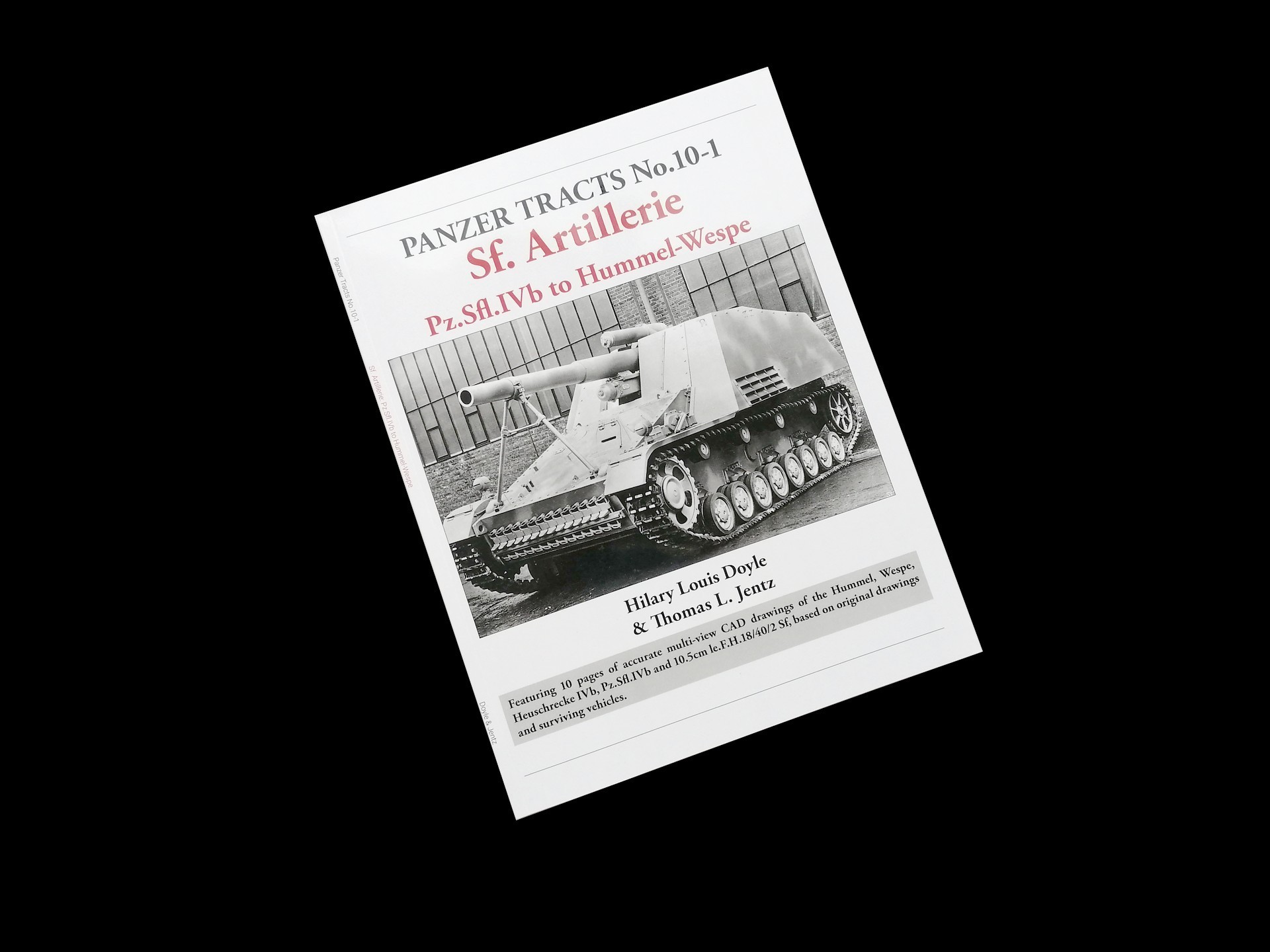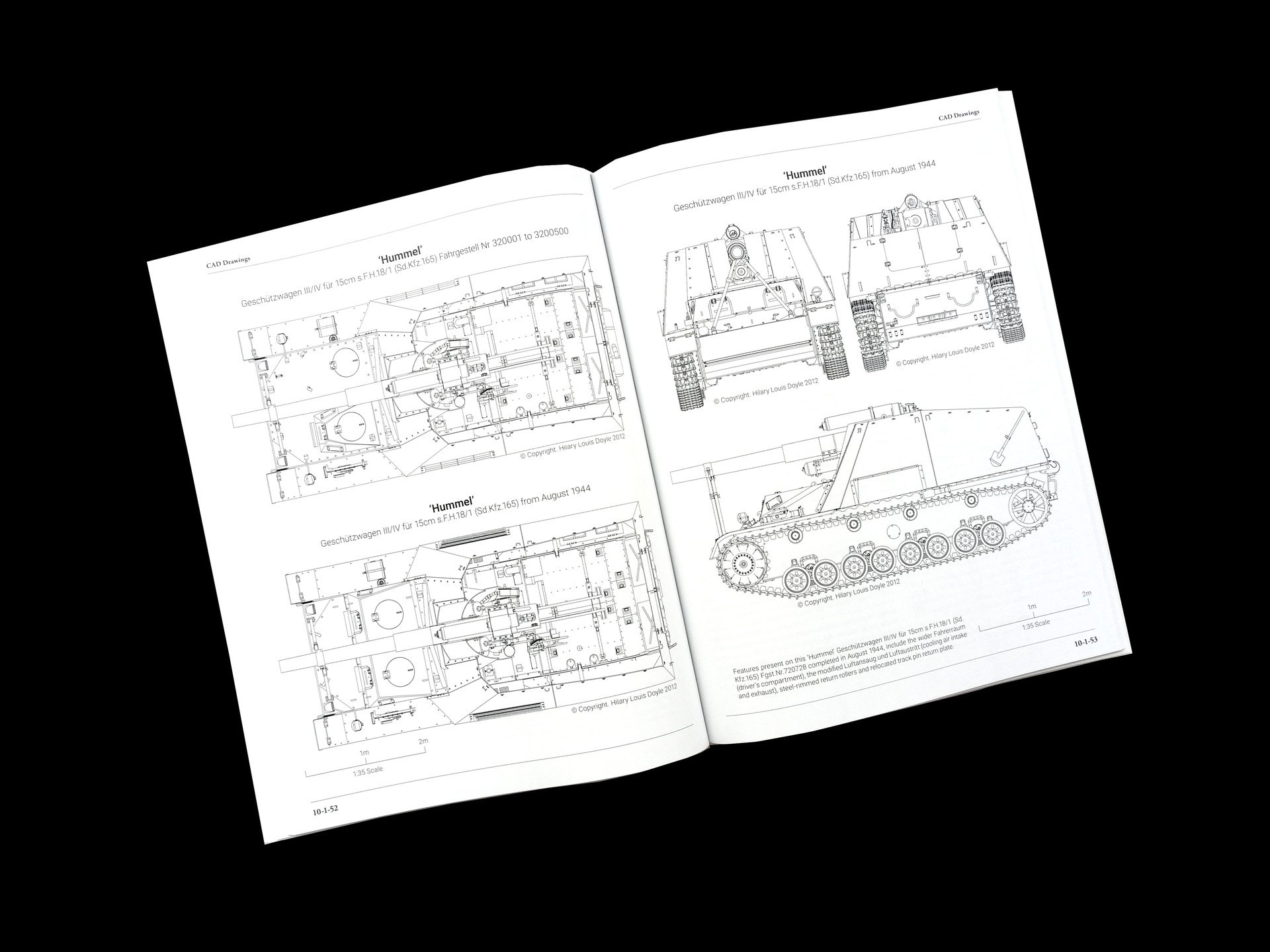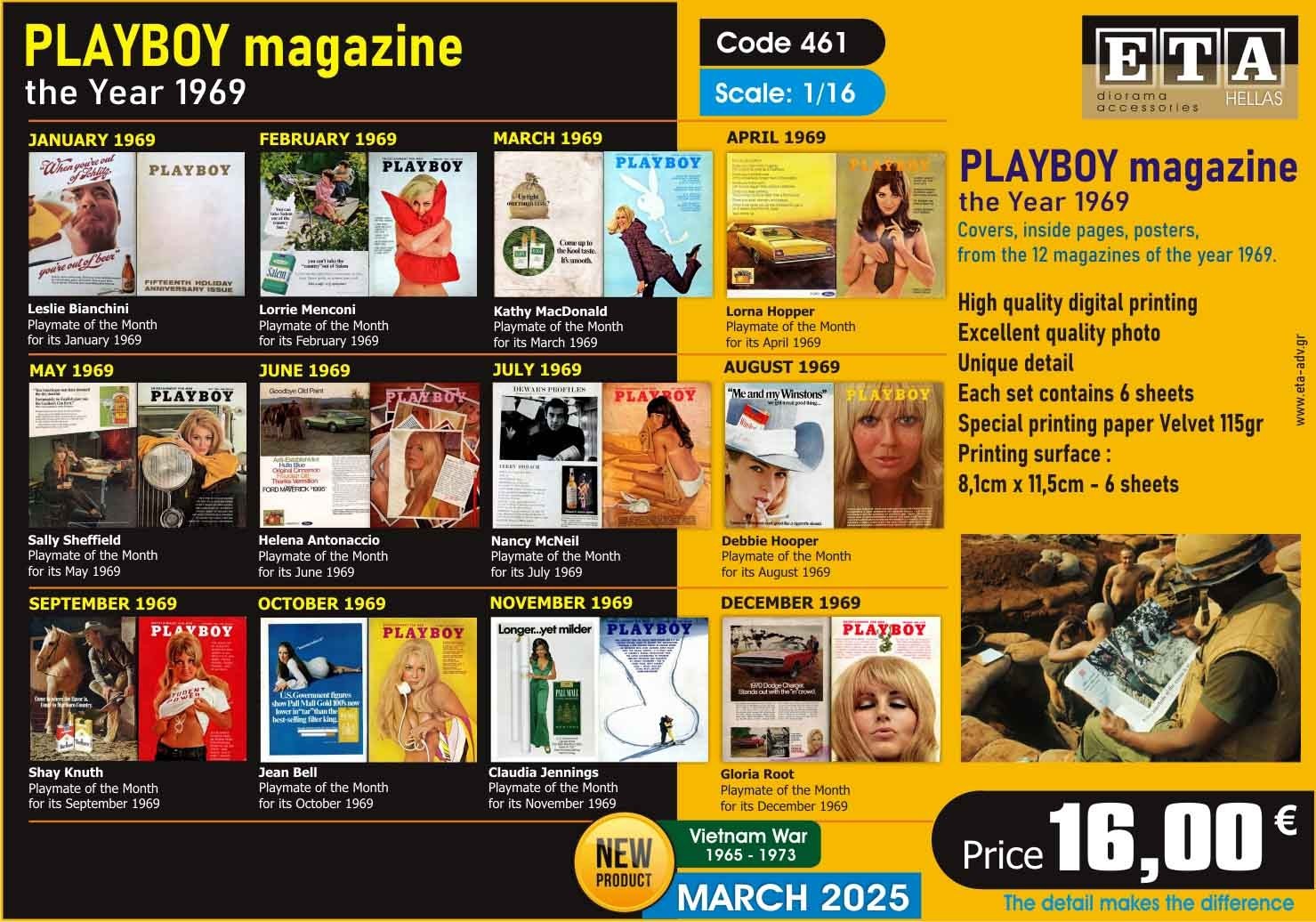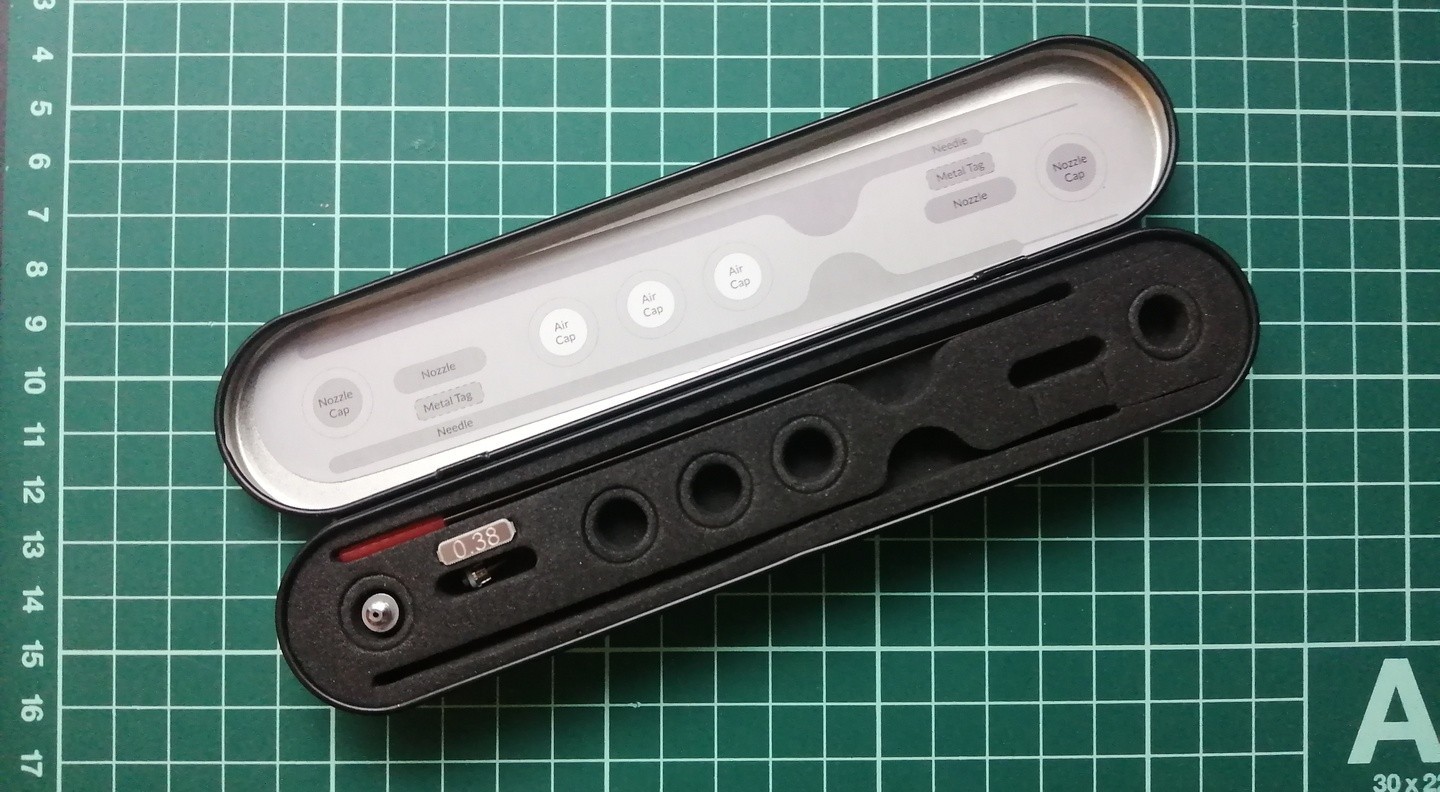
Volume 10-1 of the Panzer Tracts series, dedicated to German self-propelled artillery, has been reissued by Panzerwrecks. In this case, not only the quality of the photos, layout and paper have been improved, but also new photos have been added and the page count extended. The book is written by Hillary Louis Doyle and Thomas Jentz, and is now eighty eight pages printed on glossy paper and bound -no longer stapled like the original Panzer Tracts.
As always all the information in the book is based on original documentation and measurements of preserved vehicles or parts. In general the photos are of exceptional quality, perfectly clear and sharp. Many of them are in the factory, so the conditions for taking them were ideal. Of the combat photos, it is clear that the best have been selected and processed for optimum clarity and sharpness.
Note that only vehicles of which there was at least one built unit are included, this volume does not deal with projects which did not materialise.
The book begins with an introduction explaining the German army's requirements for self-propelled artillery, as well as the first designs that were produced.
The second page goes into detail on the Pz.Sfl.IVb. Its development and production is recounted as well as the modifications it underwent, with copious references to communications and meetings. There are a number of extremely useful photos of this vehicle outside the factory from all angles. Finally there is a summary table of all its features.

Next up is the Wespe, with the same development, production and modifications structure. As there were many more built here, the production figures per month are detailed in a table, differentiating the armed ones from the ammunition carrier variant. There are also several performance reports produced by different units, as well as a table detailing the vehicles in each division in 1943. The photos are again spectacular and it also closes with a summary table of characteristics.

The next vehicles are the Heuschrecke IVb and the le.F.H.18/40/2 (Sf) auf Geschützwagen III/IV, again with detailed history, photos, features and summary table.

This is followed by 10 pages of 1/35 drawings of the vehicles covered in the book, with the traditional five views. For both the Wespe and the Hummel there are plans of the two main versions.
This is undoubtedly one of the most appreciated features of the Panzer Tracts series due to its reliability and accuracy. These drawings make it easy to see the characteristics and measurements of the vehicles and to check if the models fit. A 2 metre line is included as reference in case there was any distortion when printing.

The next section is the Hummel as the other major protagonist of the book along with the Wespe, as they were the two most widely used. The text includes their development, with requirements and characteristics as well as the ammunition carrier vehicle.
Apart from the production details there is a table with the units produced per month of both types. Modifications during production are also explained, plus two interesting performance reports, with notes from an Abteilung commander and a Waffen amt officer.
Of the Hummel there are 27 pages of photos. Most of them are factory ones taken during the assembly process, allowing you to see parts that are not normally on view. There are also other vehicles already finished but not yet delivered, just as clear as the above. The photos of the Ammunition carrier version are equally interesting both from the factory and in combat.
Finally, the inside back cover is devoted to the Hummel Wespe, with half a page of text and a photo. This is a rather unknown vehicle about which there is hardly any information, although the authors have been able to find several references.

Conclusion
Excellent technical reference for German self-propelled artillery, covering in a single volume all the vehicle types that were built, and with special attention to the most common ones (Hummel and Wespe). The photos are extremely clear and the drawings, based on original measurements and blueprints, are perfectly complemented by a rigorous text. The new Panzerwrecks edition improves the original book with more and better photos, rewritten captions and refined page layout.




























